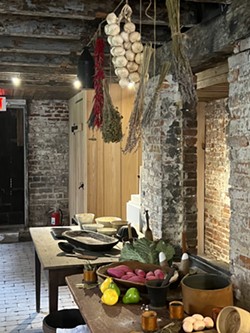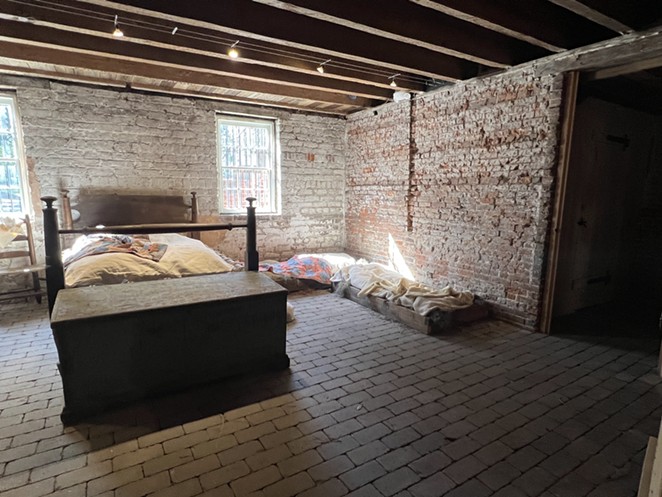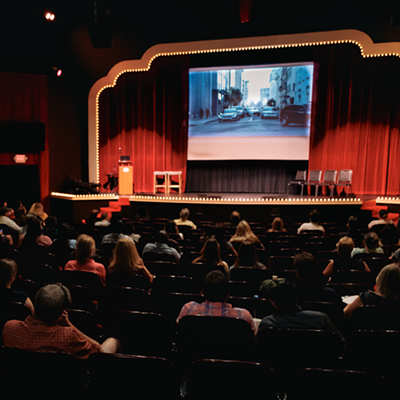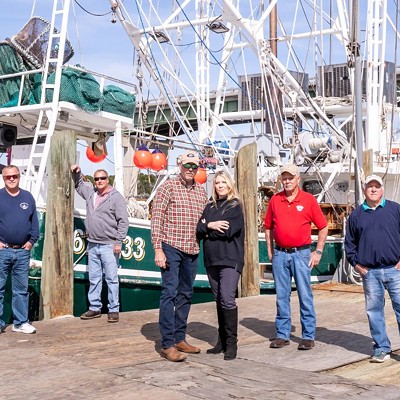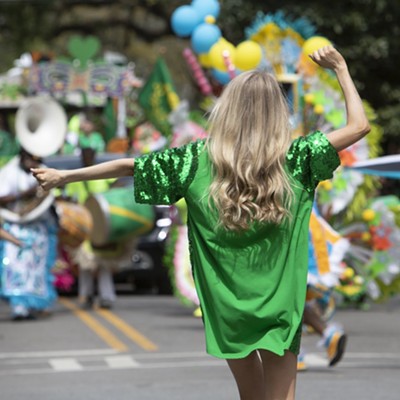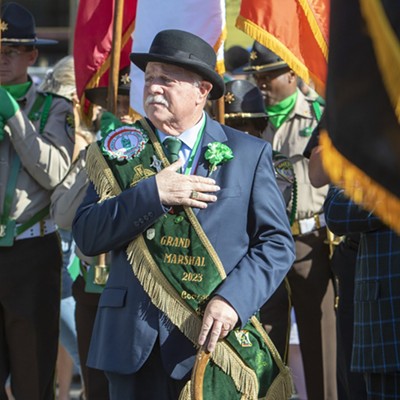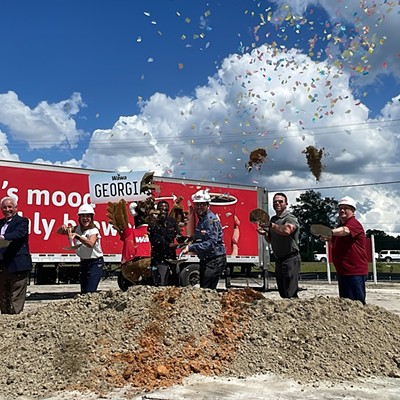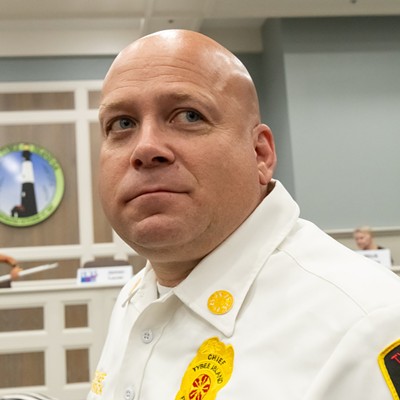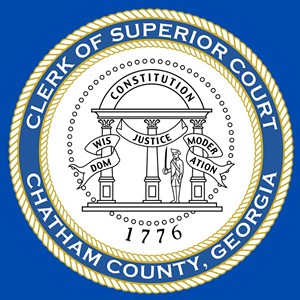After an official ribbon cutting hosted by the Historic Savannah Foundation (HSF), the Davenport House Museum will open the "Urban Enslaved Exhibit" to the public on Monday, Nov. 13.
The new exhibit, located in the reopened basement level of the 1820s home, is dedicated to sharing the stories of 13 enslaved workers who resided alongside the Davenport family. A project that took eight years to complete, the Historic Savannah Foundation is now able to tell a more complete story of the Davenport House.
Susan Adler, HSF president, knows the importance of preserving the past. “I always say it's not just the buildings we save, but it's the stories in those buildings, the people in those buildings. I think it's really important that we save this and the future—our students, our young people, the next generation—needs to know,” Adler said. “Now we have most of the full story of what happened in that house. And we have to tell it, and then it needs to move forward. But particularly, we must talk about those that were enslaved in our community. We must tell their story, for sadly, for too long it hasn’t been told.”
Gathering research about the 13 enslaved workers was the thesis project of Kelly Westfield, a prior Georgia Southern University graduate student whose 2018 dissertation was called, “The Enslaved Members of the Davenport Household: Geography, Mobility, and Pre-Davenport House Lived Experiences.”
Westfield’s findings are displayed in the exhibit through a timeline and interpretive panels that provide information about the lives of the enslaved and the Gullah Geechee culture they likely practiced.
Plans for the exhibit started in 2015 when the Historic Savannah Foundation launched the Kennedy Pharmacy Campaign—a three phase project that sought to relocate administrative offices and a museum shop initially located in the basement of the Davenport House Museum.
Phase one preserved and restored the Kennedy Pharmacy located directly behind the Davenport House, which now houses the administrative offices upstairs and the museum shop on the ground floor. The second phase saw the building and completion of the Murray C. Perlman and Wayne C. Spear Preservation Center, a one-story building that displays a timeline, telling the story of preservation in Savannah. Both the Kennedy Pharmacy and the preservation center opened in April 2022.
The completion of the “Urban Enslaved Exhibit” is the third and final phase of the Kennedy Pharmacy Campaign. Doug Mund, the exhibit’s designer, has worked with HSF throughout the entire process. “It’s sad to see it close in some ways, but that's part of the work that we do. We do master planning for museums, and that was kind of the start for this whole thing. The premise for the project itself was to be able to interpret the enslaved people that the Davenports owned and kept in the ground floor of their house.”
Mund wanted to depict the basement's dual function as a workspace and living area. “What we did is years of research to be able to come up with what we thought the original layout was for that floor and in the demolition or the deconstruction of that ground floor, we were able to find where the existing walls connected to the floor joists above and to the exterior walls.”
These original marks were clues that helped Mund lay out the various rooms and the likely use of each room. “And what you'll see there is a layout of I think four or five rooms and one is dedicated to a washroom and laundry, which was a 10-to-12-hour day, all day long duty, and then a general storage room, a sleeping room for some of the enslaved people and then a kitchen and kitchen prep area.”
The rooms are staged with 1830s and 1840s artifacts, furniture, clothing, bedding, sheets and linens. Adler said in addition to the 13 enslaved, there were 10 Davenports residing in the home, totaling 23 people.
“I think most people going through school learn about enslaved people who were are on plantations, but they know very little about the enslaved people in all these beautiful cities down here in the South,” Mund said, who hopes the exhibit will shed light on the urban enslaved.
During Thursday’s official ribbon cutting on Nov. 9, Mund observed some of the exhibit’s first visitors. “There was one gentleman who walked in and he just stopped and he said, ‘I feel like I can feel these people,’ and just when [he] said it, I got chills and goosebumps again. Because that's exactly what we were going for.”
Mund intentionally limited new sources of lighting to create a more accurate representation of the space. “It was my approach in the beginning, I tried to not have any new lighting in the space. I wanted people to experience it, just like they did. Of course, in 1823 all they had were candles and whale oil lamps, and they had to do everything with that.”
With the completion of the exhibit, both Mund and Adler want visitors to takeaway a more complete history of Savannah and the Davenport House.
“You can't tell the Davenport House story without telling this, it's just, it's impossible. And I'm so happy that eight years ago, there were enough folks that were apart of HSF and Davenport House Museum that realized it had to be told,” Mund said.
“I think it's important that when people come to Savannah, they get the full story of Savannah. From all of us,” Adler said. “And obviously visitors can't go to every single museum, but they should hear our history because they're coming to a historic city and a well-preserved city, and we want them to go away learning something and hearing something maybe they didn't know and being enriched by that.”
For more information, visit: https://davenporthousemuseum.org.


